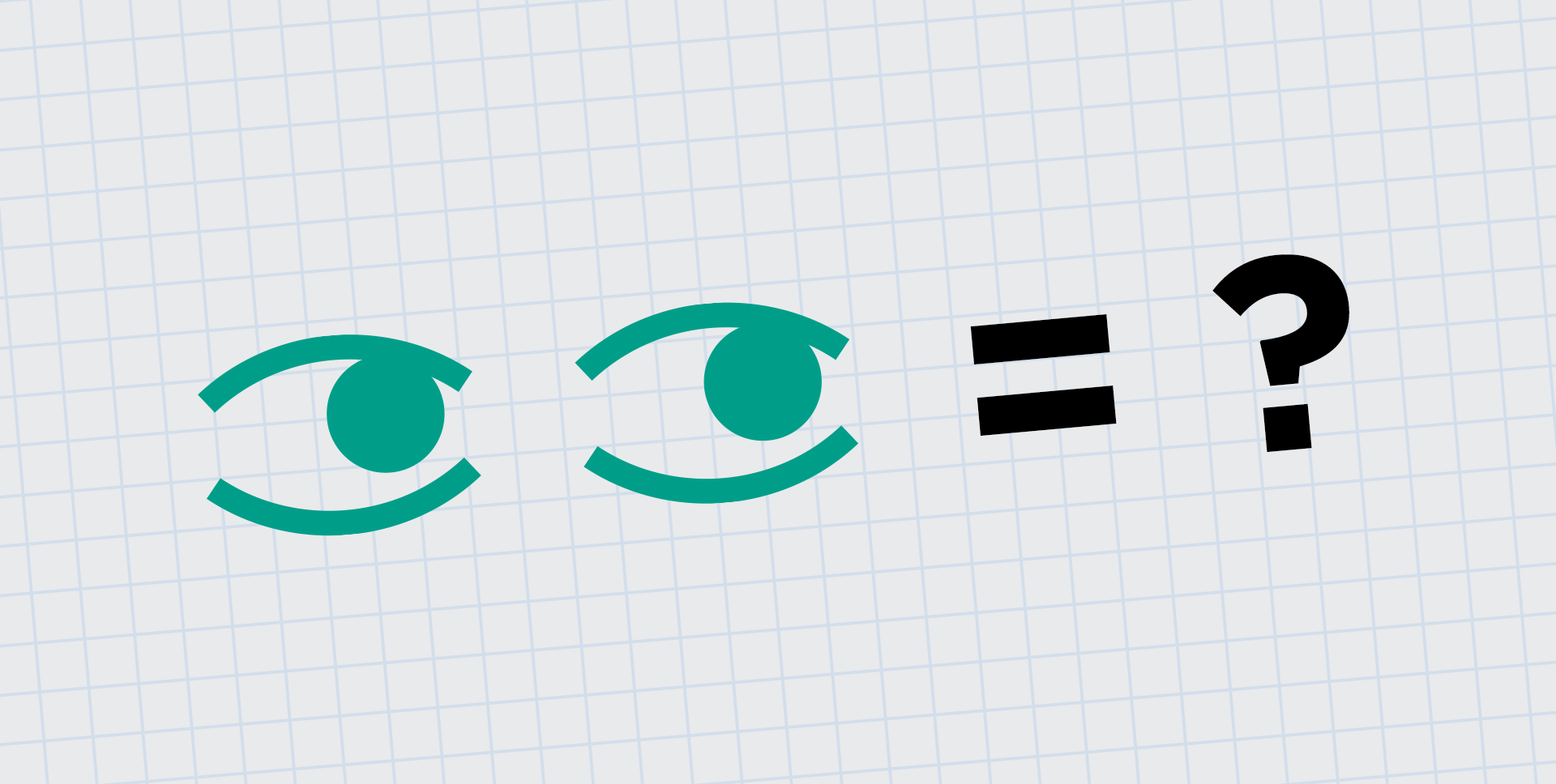When we talk about facial detection or facial recognition, we generally think about detecting one or more faces that are looking square at the camera. Sometimes, however, it is the situations when people are not looking at the camera that interest us most. There is often a real wish to detect glances away from the camera.
Why Would You Want to Detect Glances?
Suppose you are trying to hold a conversation with someone. You are trying to be a good listener, and actively involved in the discussion. However, suppose the other person is glancing around the room, rarely keeping their eyes focused on you. How do you feel? How do you react? Do you believe that they are treating you with the manners and courtesy you feel you deserve?
If someone is continually glancing around, it may mean that they have a low level of attention. They are going through the motions and not actively listening to you. They may well wish that they were somewhere else.
Now, when the conversation is in a personal setting, you can quickly react to their lack of ease. You can modify your conversation, or even finish it off if you see little value in continuing.
Things are not quite so straightforward in an online setting.
Of course, there are legitimate reasons for people to be glancing away. If a person is driving, glancing is an essential part of ensuring the driver is safely in charge of their vehicle. They need your driving focus to be all around them, not just directly ahead of them.
Similarly, if you are participating in a war (whether in a real-life capacity or a virtual games-playing role) you will be glancing to ensure that your enemies don't sneak up on you.
Devices That Can Detect Glances
By far the best known technological device to detect glances is Google Glass. They have a glass inertia sensor to detect the most subtle facial motions like eye blinks and glances.
One of the options of Google Glass is the Notification Glance. This means that users can see new notifications directly whenever Glass detects that your eye looks at its small screen.
Just to confuse things, Google Glass contains an app called Glance, which streams the view from one set of Google Glasses to your own - now this takes glancing to the extreme! Inevitably, people have already started to imagine uses for this where you can view sex with your partner from their point of view.
Another form of advanced eyewear that incorporates glance detection is Recon Jet. The Jet has an in-lens display equivalent to a 30” screen viewed from 7 feet (2 meters) away. You literally see data before your eyes, along with the clearest camera viewfinder imaginable.
The Recon Jet has a particular purpose for detecting glances. It is programmed to wake up instantly when you glance down, then turn itself off again when you look away. Recon argues that this minimizes distractions and maximizes power efficiency.
Of course, sometimes all you need is a Bluetooth-enabled cell phone camera, or a dashboard-mounted webcam. There are a number of systems in place now that use a simple dashboard-mounted camera to keep track of a driver's eye movements. The aim is, of course, to determine whether the driver is alert and that their eyes are open and moving.
One such system that is available to help drivers is DADS - InterCore's Driver Alertness Detection System. The DADS service detects reduced driver alertness using advanced technology to assess three stages of alertness in drivers and warns the driver using audible and visual signals if necessary. At the same time, it sends appropriate notifications to dispatch centers, parents or other designated recipients.
Eye tracking Versus Glance Detection
It is important to make a distinction between two related, but different, types of facial movement detection: eye tracking versus glance detection.
Eye tracking is looking for movement in the eye in relation to a fixed point (camera/screen). On the other hand, glance detection detects the number of times you look toward the camera, look away, and then back again. Both can be indicators of a person’s attention.
Kairos’ Emotion Recognition API does feature point detection that aligns the face by detecting multiple points around the eyes, nose and mouth. Even though it tracks eye location and blinks, it does not follow where you look (i.e. eye tracking).
Which Kairos Products Feature Glance Detection?
Obviously for a glance to be detected you need to have a video stream. A single photo is not exactly going to be able to provide enough evidence of a glance. With the exception of the original Kairos Face Recognition API, all Kairos products utilize a live video stream.
If you are a developer with a great idea for a software product that incorporates glance detection you have a choice between using the stand-alone offline Crowd Analytics SDK or the SaaS cloud-based Emotion Analysis API.
Both the Crowd Analytics SDK and IMRSV for Marketers can record a great deal of information from the faces in a scene. One area of data that they measure and record is Engagement Measurement. This provides a measure of mood, engagement time, number of glances and attention span. It includes glances as a way to determine the number of times a person looks at the camera/screen.
While the primary focus of the Emotions Analysis API is based on recognition of emotions, there is also Attention Measurement. This analyzes the subjects in a recording and measures their total attention time and span, their number of glances and it also detects blinking. "Attention" is determined by the amount of time a face is looking at the camera. The face must be front-facing within 15 degrees. Otherwise, it will measure “duration” (a person detected, but not paying attention).
Which product would be more suitable for your development? Well, that depends on your needs. If your product is an app where you can send data through the cloud without the need for onboard processing, then the Emotions API could be the way for you to go.
Alternatively, if you want to take any attention-based data you obtain, processing and encoding it on the fly, (and assuming that you have no need for any emotional data), the Crowd Analytics API could be the way to go.
The possibilities are only limited by your imagination. We would love to hear about any other uses you could make for glance detection. We would love for you to leave a comment on our Facebook page.

Cole Calistra
Cole is the CTO at Kairos, a Human Analytics startup that radically changes how companies understand people. He loves all things cloud and making great products come to life.
